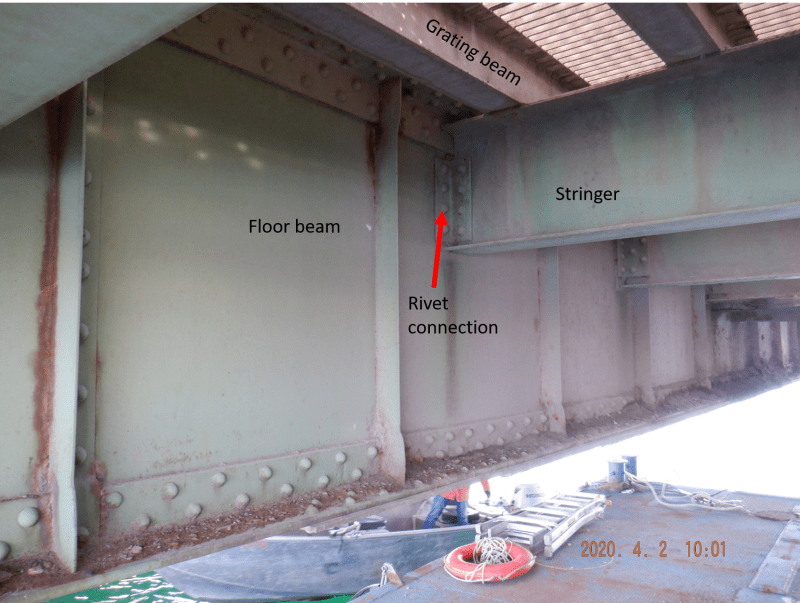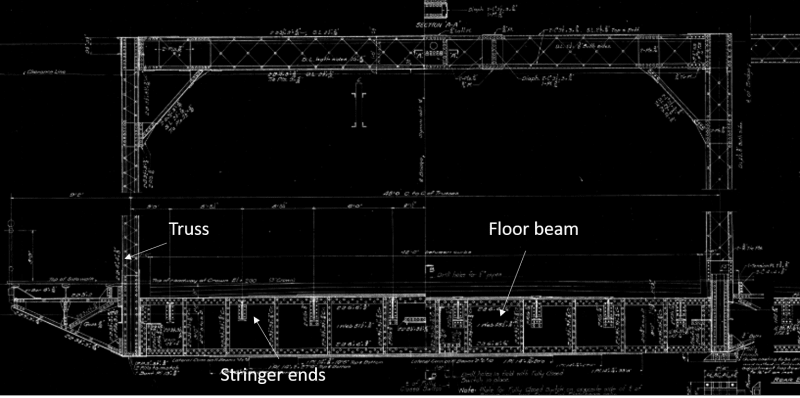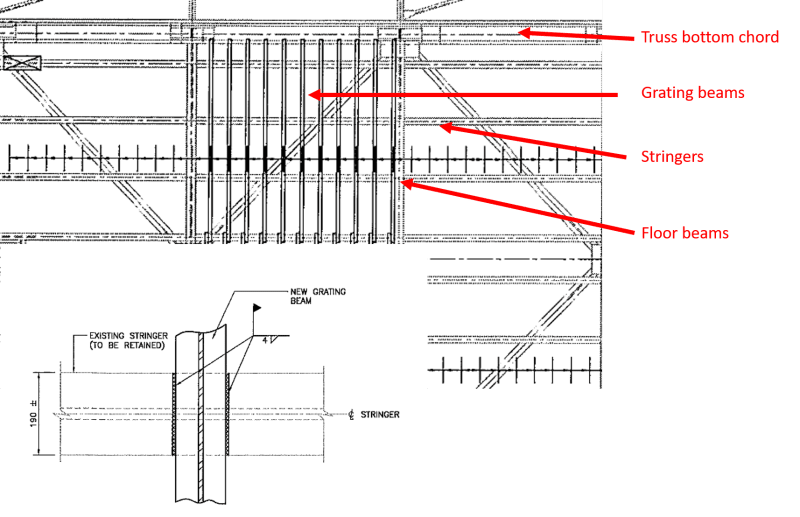tmalik3156
Structural
Good day all.
I am analyzing a bascule bridge span constructed in 1929. As shown in the floor plan, the vertical lines indicate floor beams (4-feet deep). The horizontal lines are stringers (20- inch deep). Stringers are riveted to the floor beam as shown in the photo.
To reduce the weight of the bascule span, steel grating is used instead of a concrete deck. That means, the top flange of the floor beam is not continuously restrained against LTB. My question is:
1. Are those stringers able to provide lateral restraint to the floor beam at their connection points?
2. Stating otherwise, in performing Moment Capacity with LTB calculation, should the unsupported length be taken as L (full length of the floor beam) ? Or should it be S (the stringer spacing)? Thank you.
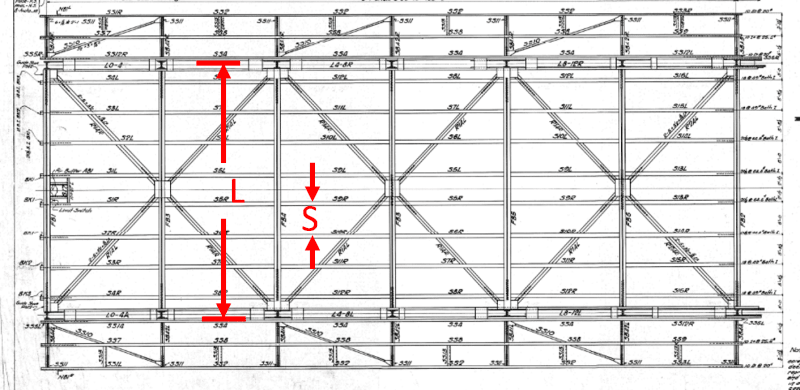
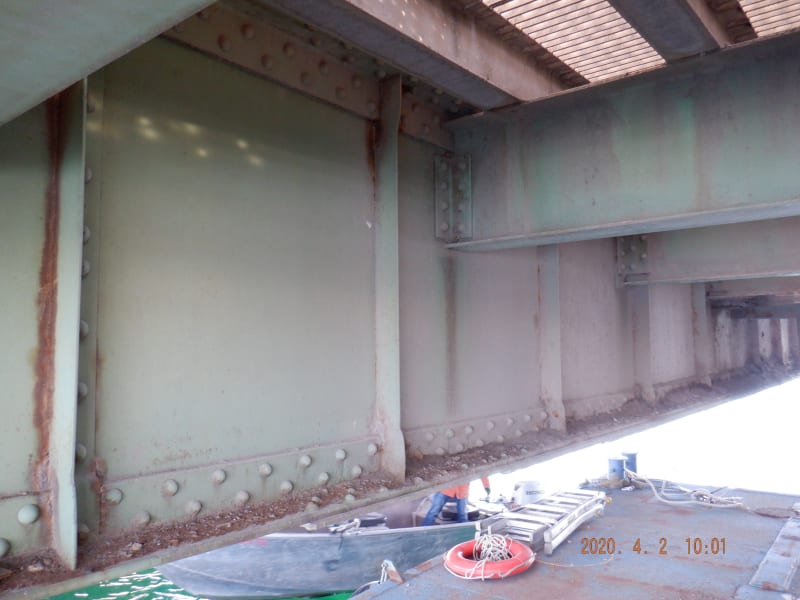
I am analyzing a bascule bridge span constructed in 1929. As shown in the floor plan, the vertical lines indicate floor beams (4-feet deep). The horizontal lines are stringers (20- inch deep). Stringers are riveted to the floor beam as shown in the photo.
To reduce the weight of the bascule span, steel grating is used instead of a concrete deck. That means, the top flange of the floor beam is not continuously restrained against LTB. My question is:
1. Are those stringers able to provide lateral restraint to the floor beam at their connection points?
2. Stating otherwise, in performing Moment Capacity with LTB calculation, should the unsupported length be taken as L (full length of the floor beam) ? Or should it be S (the stringer spacing)? Thank you.



